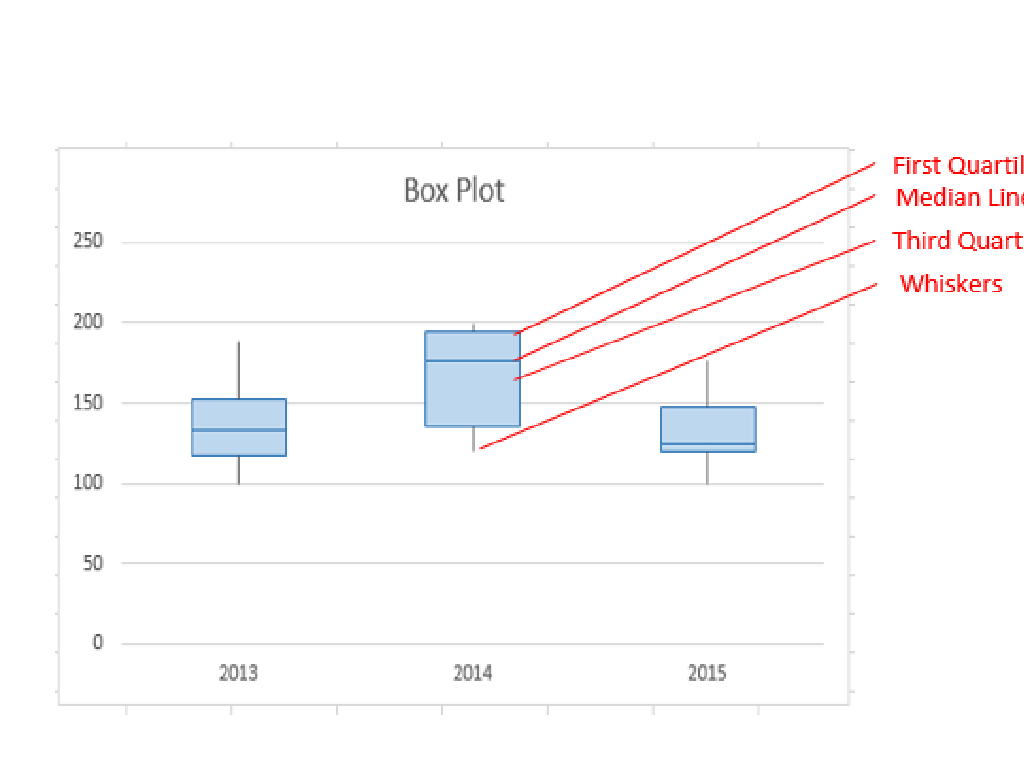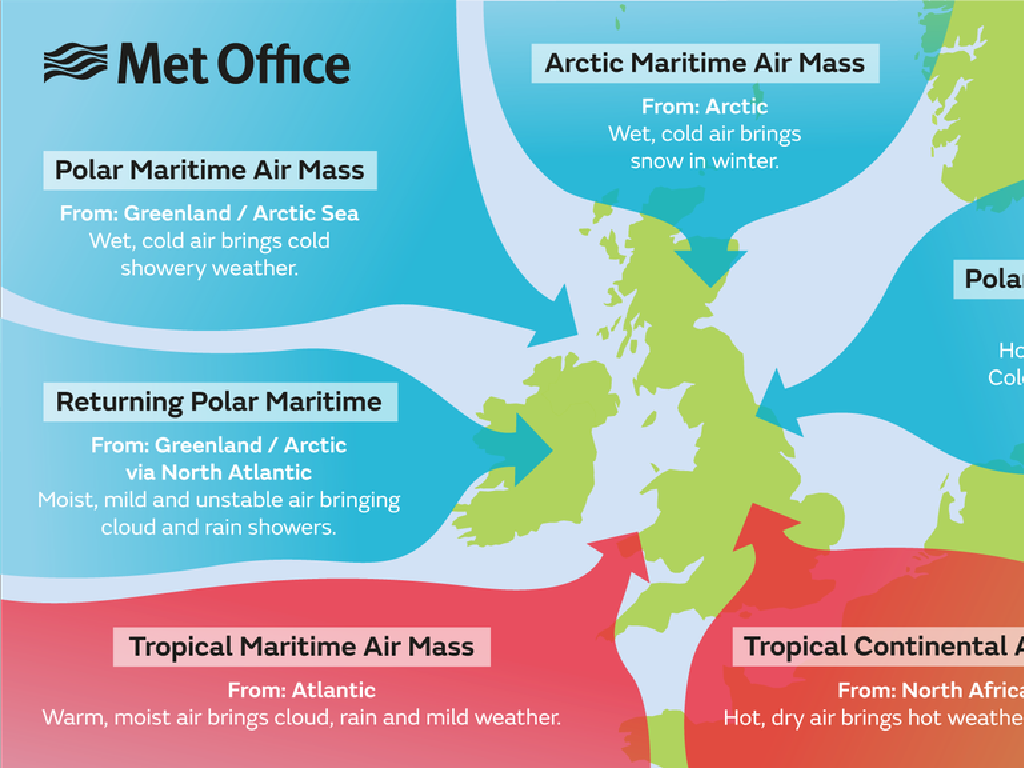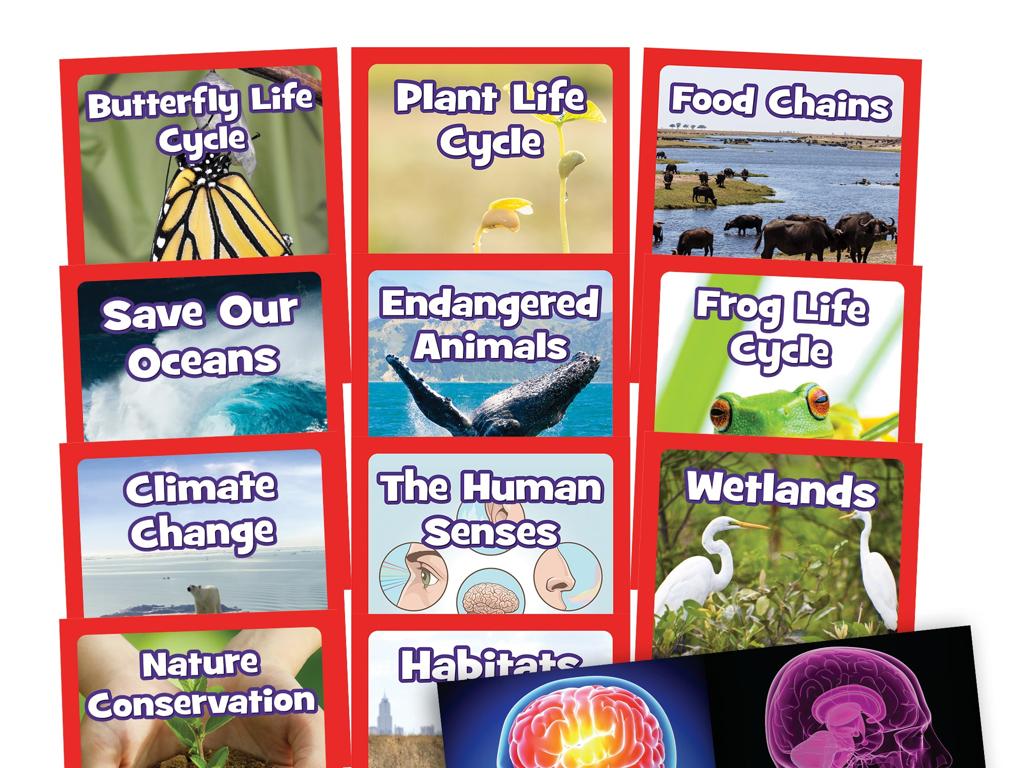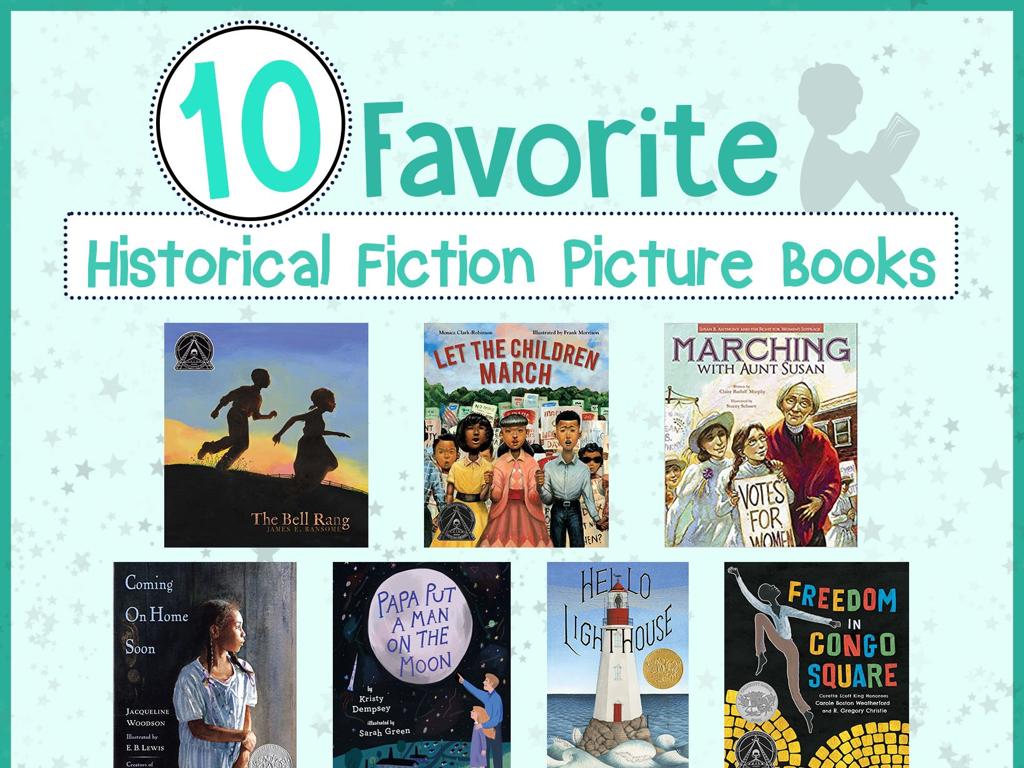Identify States Of The Midwest
Subject: Social studies
Grade: Fifth grade
Topic: States
Please LOG IN to download the presentation. Access is available to registered users only.
View More Content
Welcome to the Midwest!
– Explore the Midwest region
– The Midwest is a large area in the center of the U.S.
– Why learn about regions?
– Understanding regions helps us appreciate diversity and history.
– Identifying Midwest states
– We’ll learn the names and locations of the Midwest states.
– Engage with the Midwest map
– Use a map to find each state we discuss.
|
This slide introduces the Midwest region of the United States, setting the stage for a lesson on geography and regional understanding. Emphasize the importance of learning about different regions to appreciate the diverse cultures and histories within our country. The lesson will focus on identifying the states that make up the Midwest, helping students to become familiar with their names and locations. Encourage students to actively participate by locating each state on a map as they are discussed. This interactive approach will aid in memorization and give students a sense of the Midwest’s geography.
Exploring the Midwest Region
– What defines the Midwest?
– A region in the U.S. known for agriculture, industry, and more
– Geography and boundaries
– Located in the central U.S., between the Rocky Mountains and the Appalachian Mountains
– Fun facts about the Midwest
– Home to the Great Lakes, major cities like Chicago, and known as the ‘nation’s breadbasket’
|
This slide introduces students to the Midwest region of the United States. Begin by defining the Midwest, highlighting its key characteristics such as its strong agricultural and industrial presence. Discuss the geographical location, emphasizing its central position in the U.S. and its natural boundaries, which include the Rocky Mountains to the west and the Appalachian Mountains to the east. Share engaging fun facts, like the Midwest’s nickname as the ‘nation’s breadbasket’ due to its extensive farming, or mention the Great Lakes and major urban centers such as Chicago. This will give students a well-rounded understanding of the Midwest’s importance and its role in American geography and culture.
Exploring the Midwest States
– List Midwest states
– States include Ohio, Michigan, Indiana, Illinois, Wisconsin, Minnesota, Iowa, Missouri, North Dakota, South Dakota, Nebraska, and Kansas.
– Locate states and capitals on map
– Use a map to find where each state is and its capital city.
– Unique features of each state
– For example, Illinois is known for Chicago, the ‘Windy City’, and Minnesota is famous for its numerous lakes.
– Discuss state symbols or history
– Learn about state birds, flowers, or important historical events.
|
This slide aims to familiarize students with the Midwest region of the United States. Start by listing all the states in the Midwest and then use a map to help students locate each state and its capital. Discuss a unique feature or fact about each state to make the information more memorable, such as significant landmarks, state symbols, or historical facts. Encourage students to think about what makes each state special and how the Midwest as a region contributes to the diversity of the United States. This will help students to better understand the geography and cultural significance of the Midwest.
Major Cities in the Midwest
– Identify Midwest’s major cities
– Cities like Chicago, Detroit, and Indianapolis
– Cities’ impact on economy & culture
– These cities are hubs for business, arts, and education
– Famous landmarks in these cities
– The Gateway Arch in St. Louis, Willis Tower in Chicago
– Historical sites of the Midwest
– The Henry Ford Museum in Detroit, Lincoln Home in Springfield
|
This slide aims to familiarize students with the major cities in the Midwest and their significance to the region’s economy and culture. Cities like Chicago and Detroit are not only economic powerhouses but also cultural centers with rich histories. Landmarks such as the Gateway Arch and Willis Tower are symbols of these cities and draw visitors from around the world. Historical sites like the Henry Ford Museum and Lincoln Home provide a glimpse into the past and the people who shaped the Midwest. Encourage students to explore these cities through research and to think about how each city contributes to the identity of the Midwest.
Midwest: Land of Agriculture and Industry
– Midwest’s agricultural significance
– Known as the ‘Breadbasket of America’, the Midwest is a major producer of crops like corn and wheat.
– Industrial history of the Midwest
– From the steel mills of Pittsburgh to Detroit’s automobile factories, the Midwest has a rich industrial past.
– Geography’s role in industry
– The region’s fertile soil, flat land, and central location contribute to its agricultural and industrial success.
– Interconnection of geography and economy
|
This slide aims to highlight the importance of agriculture and industry in the Midwest, often referred to as the heartland of America. Emphasize how the Midwest has been a significant contributor to the nation’s food supply, earning the nickname ‘Breadbasket of America’ due to its extensive production of crops. Discuss the transformation of the Midwest during the Industrial Revolution, becoming a hub for manufacturing and industry. Explain how the geography of the Midwest, with its vast plains and central location, has been advantageous for both agriculture and industry. This interconnection has shaped the region’s economy and culture. Encourage students to think about how the physical landscape of a place can influence the types of industries that develop there.
Cultural Contributions of the Midwest
– Explore Midwest’s cultural gifts
– Music, sports, and food of the Midwest
– Jazz from Chicago, football teams like the Chicago Bears, famous dishes like deep-dish pizza
– Regional influence on culture
– The Great Lakes and plains shape the lifestyle and thus the culture
– Discuss the uniqueness of Midwest culture
|
This slide aims to introduce students to the rich cultural tapestry of the Midwest. Highlight the diversity of music genres that have roots in the Midwest, such as Chicago’s influence on jazz and blues. Discuss how sports teams like the Chicago Bears and Detroit Lions are integral to the region’s identity. Introduce local cuisine, like deep-dish pizza and Kansas City barbecue, as examples of how the region’s agricultural history influences its food. Explain how the geography of the Great Lakes and vast plains has shaped the cultural development of the Midwest. Encourage students to think about how their local culture is influenced by their environment. This discussion can lead to a deeper understanding of the Midwest’s unique identity within the United States.
Class Activity: Mapping the Midwest
– Receive your blank Midwest map
– Label states and their capitals
– Mark major cities and symbols
– Add symbols like a corn for agriculture or a gear for industry
– Group discussion and corrections
|
This activity is designed to help students visually and interactively learn about the Midwest region of the United States. By labeling the states and capitals on their maps, students will become more familiar with the geography of the Midwest. Encouraging them to mark major cities will help them understand the urban landscape, and adding symbols for agriculture or industry will give them insights into the economic activities prevalent in the region. After the activity, lead a class discussion to address any questions and correct misconceptions. This will also be an opportunity to highlight the diversity and characteristics of the Midwest. Possible variations of the activity could include having students work in pairs, research one state and present it to the class, or use colored pencils to indicate different types of geographical features or climate zones.
Midwest States Review & Reflection
– Review Midwest states and capitals
– List states like Ohio, Illinois, and their capitals
– Share a new fact learned today
– Each student shares something new they discovered
– Discuss the Midwest’s importance
– Why is the Midwest significant to the US economy or culture?
– Reflect on today’s learning
|
This slide aims to consolidate the students’ knowledge of the Midwest states and their capitals. Start by having a quick review session where students can recite the states and capitals they’ve learned. Then, move on to an interactive segment where each student shares an interesting fact they learned about the Midwest, which could be about its geography, history, or culture. Next, facilitate a discussion on the importance of the Midwest to the United States, touching on aspects such as agriculture, industry, or transportation. Finally, encourage students to reflect on what they’ve learned and how their perception of the Midwest might have changed. This activity will help reinforce their knowledge and make the learning experience more personal and engaging.
Midwest Explorer: Homework Assignment
– Pick a Midwest state to research
– Write a paragraph on the state
– Focus on location, landscape, and landmarks
– Include geography and culture
– Explore traditions, food, and music
– Find one interesting fact
– Could be a historical event, famous person, or unique law
|
This assignment encourages students to independently explore one of the Midwest states, enhancing their research skills and knowledge of U.S. geography. They should look into the state’s physical features, such as major rivers, plains, or climate, and cultural aspects, including local customs, cuisine, and arts. Finding an interesting fact will engage their curiosity and creativity. Tomorrow, students will present their paragraphs, which will foster public speaking skills and peer learning. Provide resources like library books or safe internet sites for research. This activity aligns with learning objectives on U.S. regions and cultural diversity.






